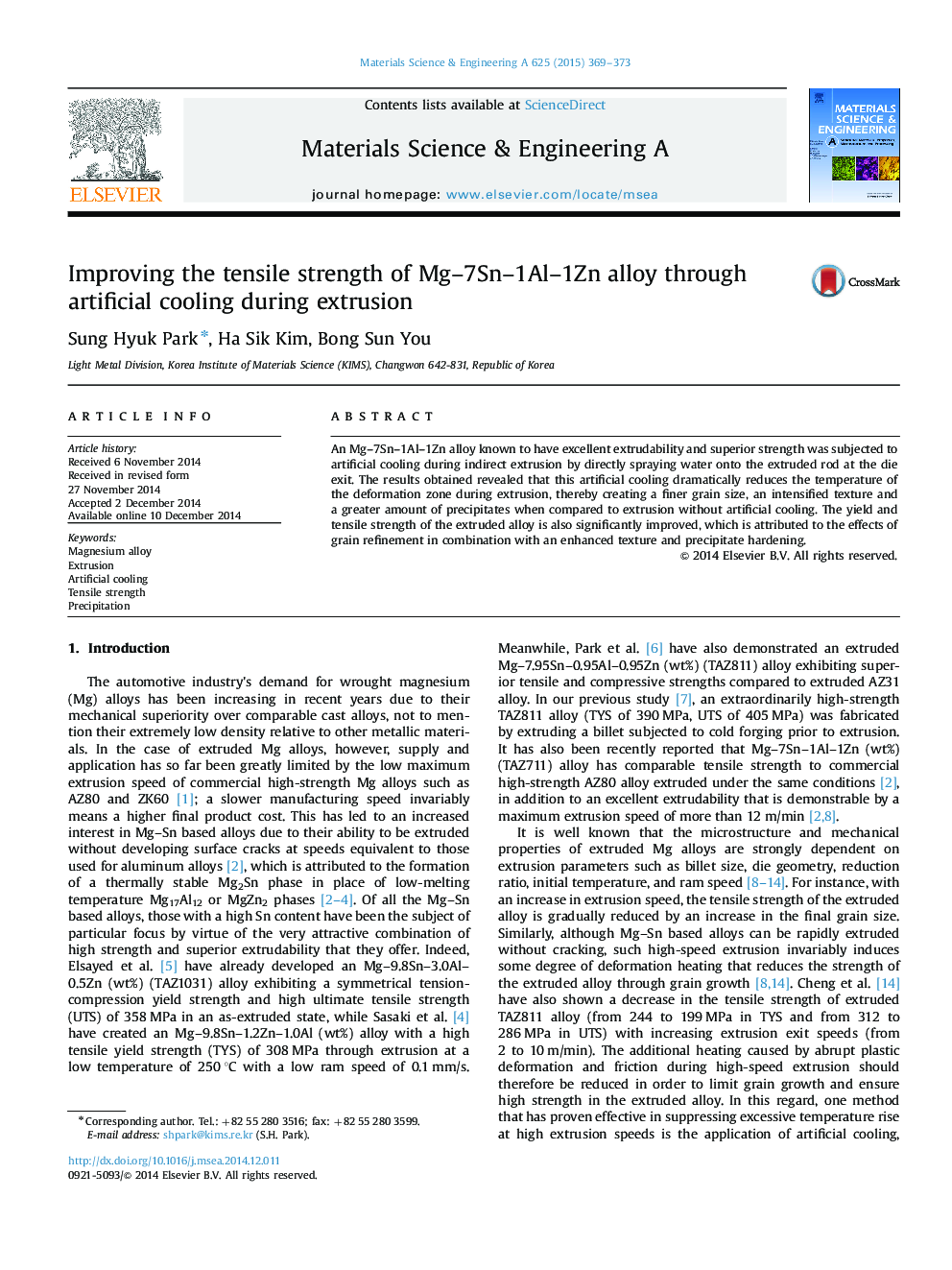| Article ID | Journal | Published Year | Pages | File Type |
|---|---|---|---|---|
| 6171088 | Contraception | 2015 | 5 Pages |
Abstract
Permanent contraception with hysteroscopic tubal ligation is an increasingly popular choice for women around the world. However, inconveniences associated with the required confirmation test for tubal occlusion can be prohibitive. As new methods of permanent contraception are being investigated, ways of making all aspects of the procedure more accessible and comfortable for women should be considered. Means of examining tubal patency in the infertility population, such as tubal perfusion pressures measured at the time of hysterosalpingogram (HSG), provide inspiration for alternative methods of tubal occlusion confirmation after contraception. Evaluation of intrauterine pressures measured by a manometer attached to an intrauterine balloon catheter could serve as a preliminary tool for verification of tubal occlusion; higher pressures would indicate tubal occlusion and lower pressures would indicate the need for confirmatory HSG. The development and validation of this technique is ongoing and could reduce overall costs and patient burdens associated with the current tubal occlusion confirmation procedure.
Keywords
Related Topics
Health Sciences
Medicine and Dentistry
Obstetrics, Gynecology and Women's Health
Authors
Eva Patil, Amy Thurmond,
